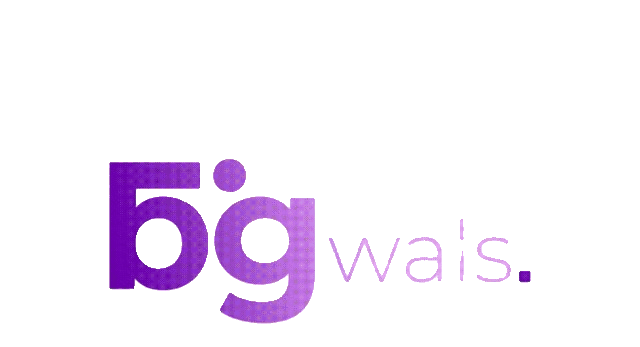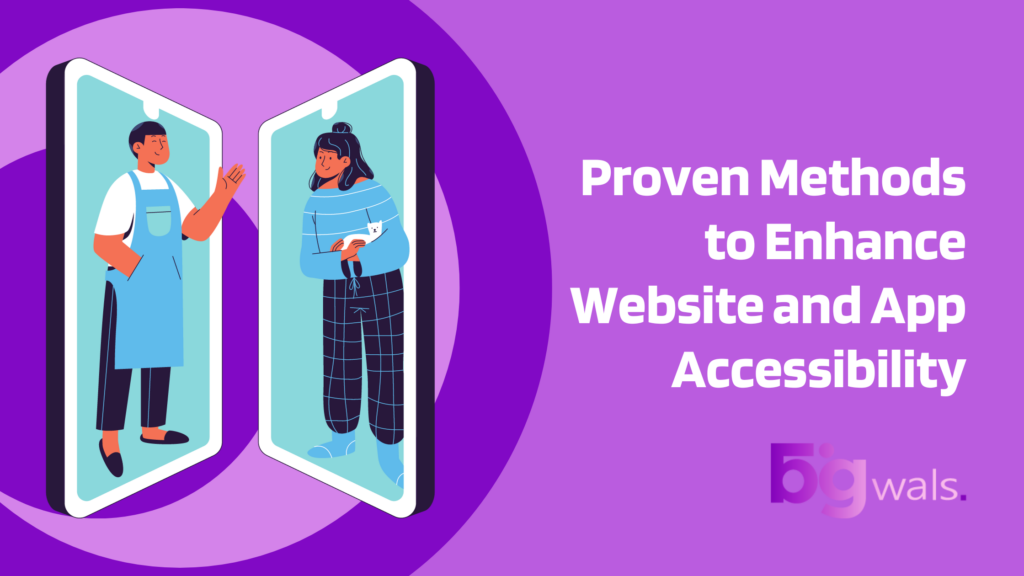In today’s digital age, accessibility is not just a legal requirement; it’s a moral imperative. Making your website and apps more accessible is essential to ensure that everyone, regardless of their abilities, can enjoy and benefit from your online content. Not only does this foster inclusivity, but it can also lead to increased traffic, user satisfaction, and business success. In this article, we will explore ten effective ways to make your website and apps more accessible while keeping in mind keywords related to website development services and ecommerce web development agency:
Understanding Accessibility: A Path to Digital Inclusivity
Before we delve into the ten key strategies to enhance your website and app’s accessibility, it’s crucial to understand the basics of creating an inclusive online environment. Accessibility is not only about adhering to legal standards but also about demonstrating empathy and responsibility towards all users. It’s the cornerstone of a digital landscape that caters to everyone, regardless of their abilities or disabilities.
Prioritizing Accessibility in Website Development Services Near Me
- Understand the Basics of Accessibility: To embark on your journey towards creating an accessible website or app, you must familiarize yourself with essential guidelines like the Web Content Accessibility Guidelines (WCAG). These guidelines provide valuable insights into what is expected from a digitally accessible platform.
- Prioritize Keyboard Navigation: Many individuals with disabilities rely on keyboard navigation to browse the web. Your website and app should be easy to navigate using keyboard shortcuts. A logical and intuitive tab order is vital, ensuring that all interactive elements are accessible via keyboard.
- Optimize for Screen Readers: Screen readers are indispensable tools for people with visual impairments. Make sure your content and user interface are compatible with screen readers. Utilize proper HTML tags, provide meaningful alt text for images, and implement ARIA roles for enhanced accessibility.
Elevating Accessibility with Ecommerce Web Development Agency Expertise
- Use Semantic HTML: Semantic HTML tags play a crucial role in helping both users and assistive technologies comprehend the structure of your content. Properly use heading tags (h1, h2, h3, etc.), and incorporate lists, tables, and landmarks as needed to enhance content comprehensibility.
- Provide Text Alternatives for Media: Ensure that all images and multimedia content on your website have text alternatives. This not only assists users with visual impairments but also benefits those with slow internet connections or those who prefer to browse without images.
- Caption and Transcribe Video and Audio Content: If your website or app features video or audio content, provide comprehensive captions and transcripts. This ensures that individuals with hearing impairments can access the content while also contributing to improved search engine optimization.
Navigating the Digital Landscape with WordPress Website Development Agency Expertise
- Contrast and Color Choices: Pay close attention to color contrast on your website or app. Low contrast can make text difficult to read, especially for users with low vision or color blindness. Utilize specialized tools to check your color choices against accessibility standards.
- Responsive Design: A responsive design is not only crucial for enhancing the user experience on various devices but is also a fundamental aspect of accessibility. Ensure that your website and app are user-friendly on both desktop and mobile platforms.
- User Testing and Feedback: To fine-tune your website or app’s accessibility, engage in usability testing with individuals who have disabilities. Their invaluable feedback can help identify issues and validate the effectiveness of your accessibility improvements.
Building an Inclusive Digital Ecosystem with Custom Ecommerce Website Development Services
Building an Inclusive Digital Ecosystem with custom ecommerce website development services is an essential undertaking in today’s online marketplace. With the growing diversity of online shoppers and the increasing emphasis on accessibility, custom ecommerce development is the key to creating a digital ecosystem that caters to all users. Customization in ecommerce web development services allows businesses to tailor their platforms to ensure inclusivity, ensuring that no one is left behind. This approach addresses common accessibility challenges and empowers businesses to overcome complex features while expanding their customer base. From optimizing product listings to making the checkout process accessible to all, these services pave the way for a more inclusive digital commerce world. In essence, building an inclusive digital ecosystem through custom ecommerce website development services is not just a choice; it’s a strategic imperative in today’s diverse and interconnected marketplace.
By following these ten effective ways to make your website and apps more accessible, you can significantly enhance the inclusivity and usability of your digital platforms. These efforts not only align with legal requirements in various regions but also expand your user base, potentially leading to increased customer satisfaction and business success.
Remember that accessibility is an ongoing commitment, not a one-time task. Regularly assess and update your website and apps to ensure they remain accessible to all users. Additionally, don’t underestimate the positive impact that accessibility improvements can have on your brand’s reputation and image.
In conclusion, fostering accessibility is not just a legal obligation; it’s a responsible and empathetic approach to digital design. By implementing these ten effective strategies, you’ll contribute to a more inclusive online world, where everyone, regardless of their abilities, can access and enjoy the content and services you provide. Embrace accessibility, and you’ll be on the path to a more inclusive and successful digital future.



